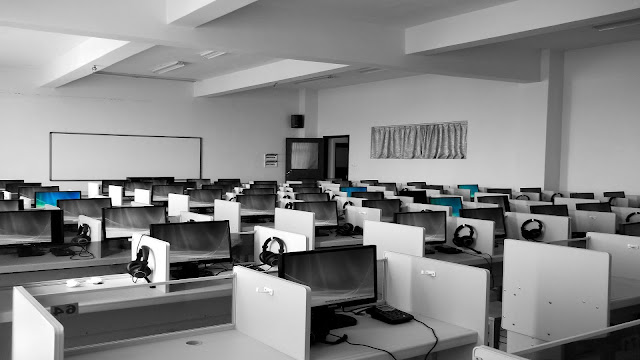Learning English Through Science
Confident Speaking and Writing through Science and Technology
The theme for British Council Year-End Holiday Courses 2018 is Confident Speaking and Writing through Science and Technology. Science and Technology are broad and fascinating subjects which give children the chance to be creative, do experiments, get messy, make crafts, and learn more about the world around them. When children are engaged, motivated and having fun, English learning happens without them even noticing!This holiday programme is excellent for students to be exposed to learning English in a fun way instead of the conventional textbook way they learn at school. ‘Confident speaking and writing through science and technology’, use a wide-range of topics to get students excited about using English to solve problems, present ideas and be creative. The course is focused on both speaking and writing skills.
Students are split into 4 age-groups, and each group will take part in experiments, make crafts, research, give presentations, and write about their discoveries, giving them opportunities to practice their public speaking skills as well as developing their writing skills.
Below are the course details for the different levels.
For 5 – 6 year olds
Students will explore topics such as ‘The Animal Kingdom’ and ‘The Solar System’ using English as the medium of instruction. They will take part in interesting activities such as
For 7 - 10 year olds
Students will learn about science, engineering, and computing, and write about and present their ideas. They will conduct exciting experiments with volcanoes, waves and wind power. They will tap on their higher order thinking skills (HOTS) and analytical thinking as they work in teams to complete different challenges in English. Students will achieve confidence in speaking by presenting their findings to the class.
For 11 - 13 year olds
Students will become "researchers" using technology to find answers to scientific problems. They will develop confidence in speaking by interviewing their classmates, and develop their writing skills by being journalists for a day, investigating and writing about natural disasters, living in zero gravity, and medical mysteries.
For 14 - 17 year olds
Students will explore topics such as ‘The Animal Kingdom’ and ‘The Solar System’ using English as the medium of instruction. They will take part in interesting activities such as
- mysterious and fun science experiments,
- making crafty and colourful posters, and
- building the tallest tower.
For 7 - 10 year olds
Students will learn about science, engineering, and computing, and write about and present their ideas. They will conduct exciting experiments with volcanoes, waves and wind power. They will tap on their higher order thinking skills (HOTS) and analytical thinking as they work in teams to complete different challenges in English. Students will achieve confidence in speaking by presenting their findings to the class.
For 11 - 13 year olds
Students will become "researchers" using technology to find answers to scientific problems. They will develop confidence in speaking by interviewing their classmates, and develop their writing skills by being journalists for a day, investigating and writing about natural disasters, living in zero gravity, and medical mysteries.
For 14 - 17 year olds
Students will work on scientific challenges such as building the strongest bridge, producing a detailed plan for an expedition, and recording a presentation about living on Mars. They will strategise, plan and collaborate with classmates to complete their assignments. This will drive them to fluently use English in speaking and writing, priming them for college readiness.
Course Details:
Confident Speaking and Writing through Science and TechnologyDate: 3 - 7 December 2018
Time: 6 1/2 hours per day including 1 1/2 hours of breaks (total of 25 hours classroom time)
Fee: RM940 *Early bird discount of 5% if you register by 31 October 2018
Pax: Limited to 20 students per age group
Venue: British Council @ Kuala Lumpur, The Curve and Penang centers
Contact: For more information or registration details, visit www.britishcouncil.my/holidays or call 03-2780 3894 (Kuala Lumpur / The Curve) or 04-202 0014 (Penang).
The following is also available at British Council, The Curve only
Confident Speaking and Writing through Art and Culture
(available only at British Council, The Curve)
Date: 10 - 14 December 2018
Time: 6 1/2 hours per day including 1 1/2 hours of breaks (total of 25 hours classroom time)
Fee: RM940 *Early bird discount of 5% if you register by 31 October 2018
Pax: Limited to 20 students per age group
Venue: British Council @ The Curve
Contact: For more information or registration details, visit www.britishcouncil.my/holidays or call 03-2780 3894 (The Curve)
Programme:
- 7 – 10 year olds - making a musical instrument, planning a model town and writing a comedy script
- 11 – 13 year olds - reinterpreting classic paintings, participating in a movie award show and giving a live performance of a self-written story
- 14 – 17 year olds - writing a dialogue for a movie script, pitching an idea for a sculpture project and writing a limerick
This post was brought to you by British Council Malaysia.

%20(1).jpg)






































